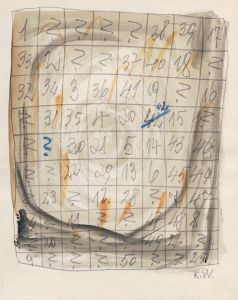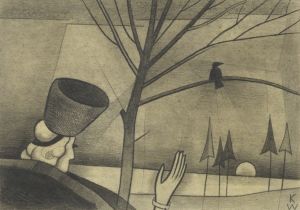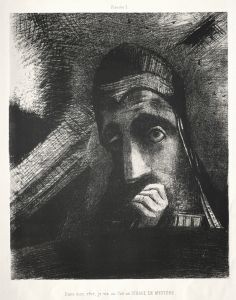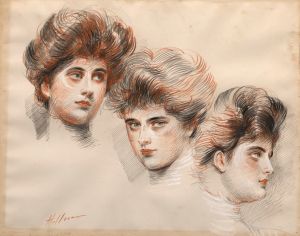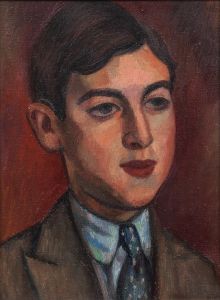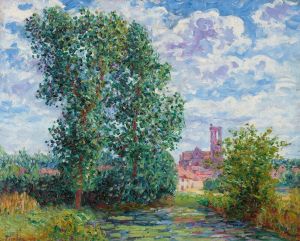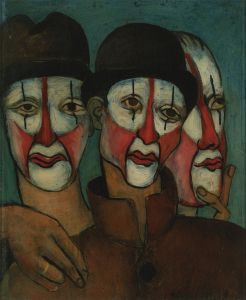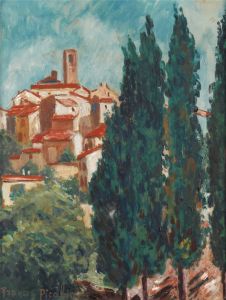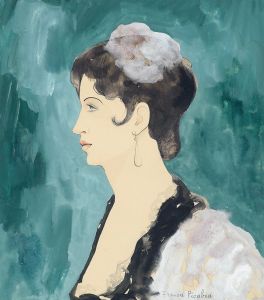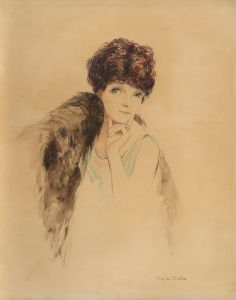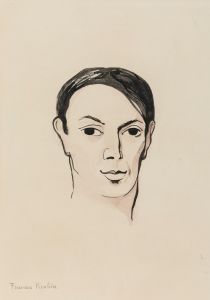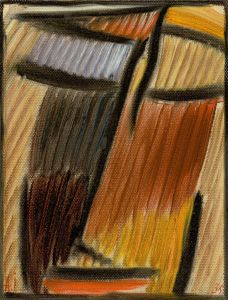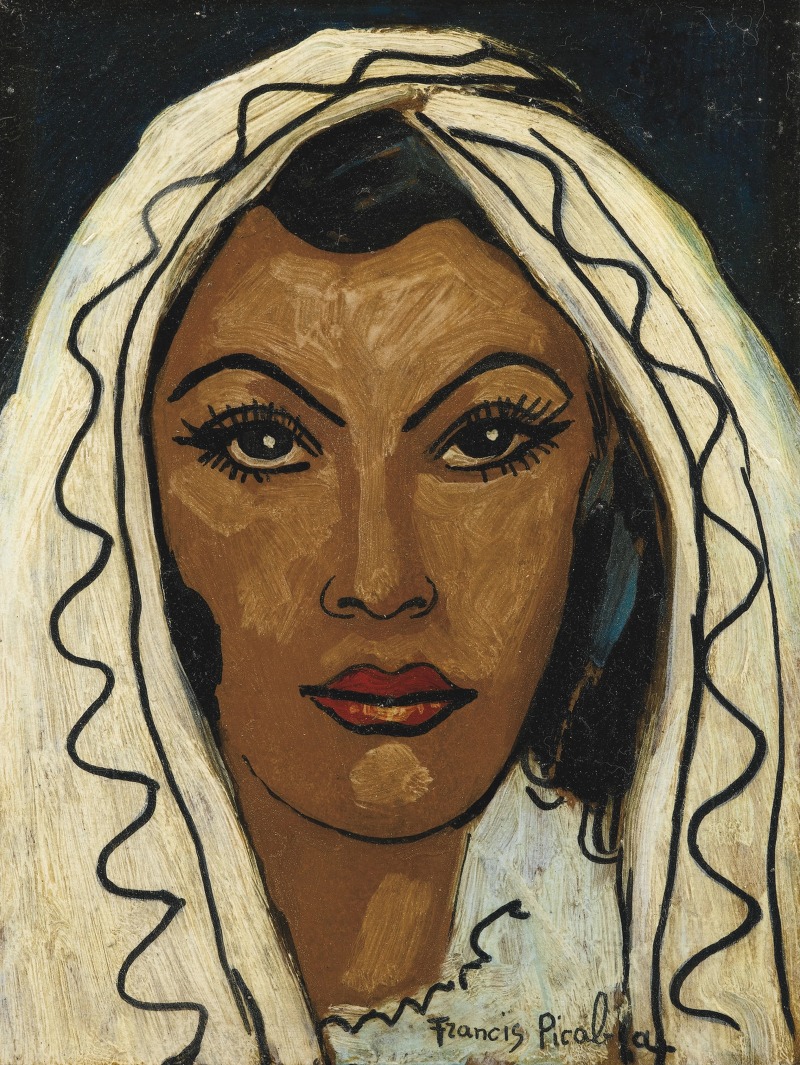
Sans titre
A hand-painted replica of Francis Picabia’s masterpiece Sans titre, meticulously crafted by professional artists to capture the true essence of the original. Each piece is created with museum-quality canvas and rare mineral pigments, carefully painted by experienced artists with delicate brushstrokes and rich, layered colors to perfectly recreate the texture of the original artwork. Unlike machine-printed reproductions, this hand-painted version brings the painting to life, infused with the artist’s emotions and skill in every stroke. Whether for personal collection or home decoration, it instantly elevates the artistic atmosphere of any space.
Francis Picabia was a French avant-garde painter, poet, and typographist, associated with a variety of art movements including Impressionism, Cubism, Abstract Art, Dada, and Surrealism. His work is known for its diversity in style and form, reflecting his dynamic approach to art and his willingness to explore and challenge artistic conventions.
"Sans titre" (Untitled) by Francis Picabia is one of the many works that exemplify his experimental nature. While specific details about this particular piece are limited, it is important to understand the broader context of Picabia's work to appreciate its significance.
Picabia was born in Paris in 1879 and began his artistic career in the late 19th century. He initially worked in an Impressionist style, but by the early 20th century, he had shifted towards Cubism, influenced by his interactions with artists like Pablo Picasso and Georges Braque. However, Picabia's Cubist phase was brief, as he soon became involved with the Dada movement, which emerged during World War I as a reaction against the horrors of the war and the perceived cultural and intellectual conformity of the time.
Dada was characterized by its anti-establishment ethos, its embrace of absurdity, and its rejection of traditional artistic values. Picabia became one of the leading figures of the Dada movement, particularly in New York and Paris. His works from this period often incorporated mechanical imagery and nonsensical elements, challenging viewers' perceptions of art and reality.
"Sans titre" likely falls into one of the many phases of Picabia's career, possibly reflecting his Dadaist influences or his later exploration of Surrealism. During his Dada period, Picabia created works that were deliberately provocative and enigmatic, often using a combination of text and image to subvert conventional meanings. His art from this time frequently included machine-like forms, which he used as metaphors for the mechanization of modern life and the dehumanizing effects of technology.
In the 1920s, Picabia began to move away from Dada and towards Surrealism, a movement that sought to unlock the creative potential of the unconscious mind. His Surrealist works often featured dreamlike imagery and explored themes of desire, sexuality, and the subconscious. Picabia's ability to continually reinvent himself and his art is a testament to his innovative spirit and his refusal to be confined by any single artistic movement or style.
Throughout his career, Picabia's work was marked by a sense of playfulness and irreverence. He was known for his wit and his ability to blend high and low culture, often incorporating elements of popular culture, advertising, and kitsch into his art. This eclectic approach made his work both accessible and challenging, inviting viewers to question their assumptions about art and its role in society.
While specific information about "Sans titre" is scarce, understanding Picabia's broader artistic journey provides valuable insight into the potential themes and motivations behind the work. His legacy as a pioneering and versatile artist continues to influence contemporary art, and his works remain a subject of study and admiration for their boldness and originality.





